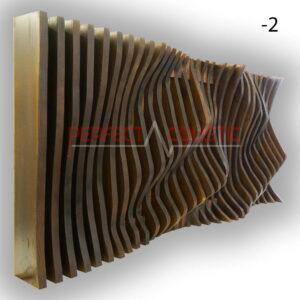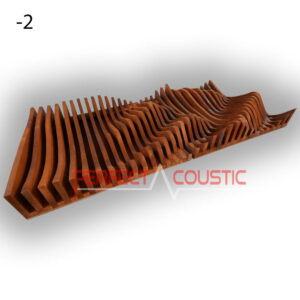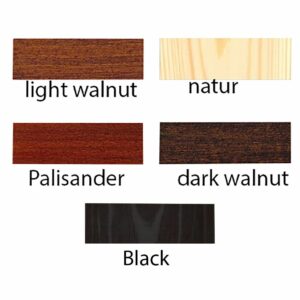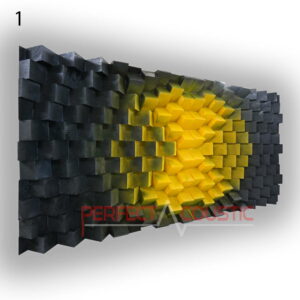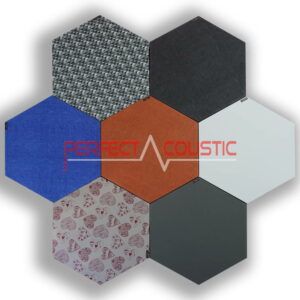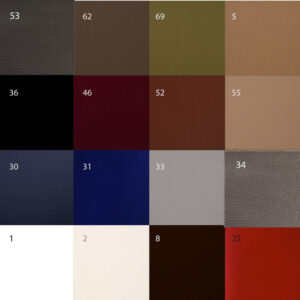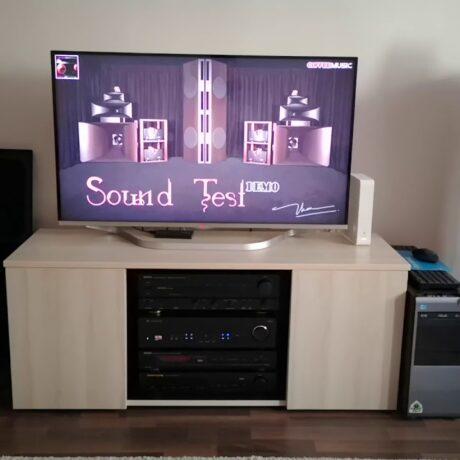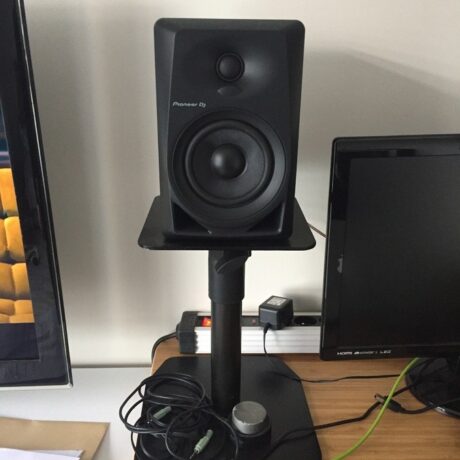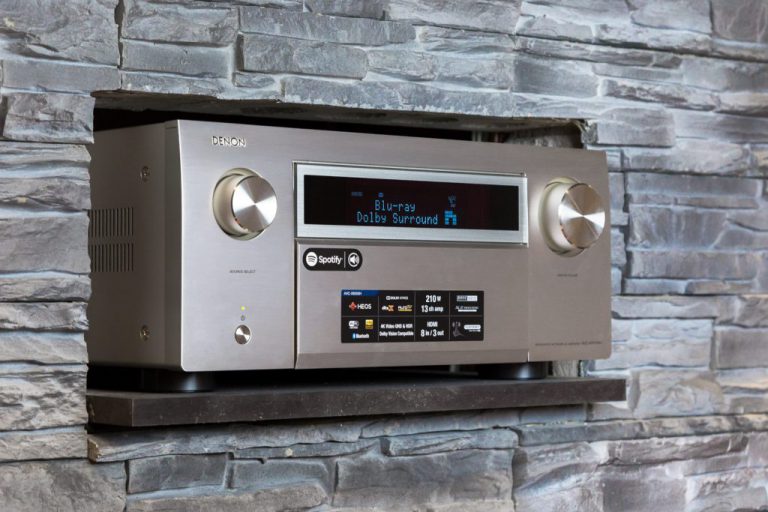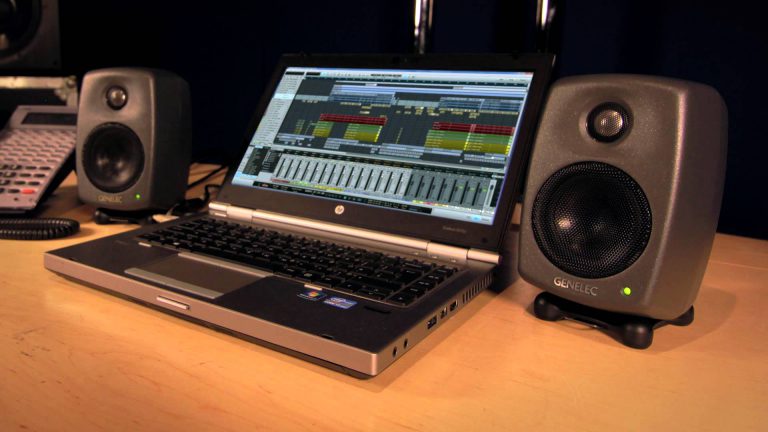IK Multimedia iLoud Micro Active Studio Speakers Test
In recent years, the Italian company IK Multimedia has added synthesizers, drum machines and studio monitors to its range of products. The larger of the two, the IK Multimedia iLoud MTM, is a mid-range, close-range monitor that focuses on accurate sound reproduction and neutral tones. We have previously tested the iLoud MTM studio monitor, please read the test results below.
IK Multimedia iLoud Micro features
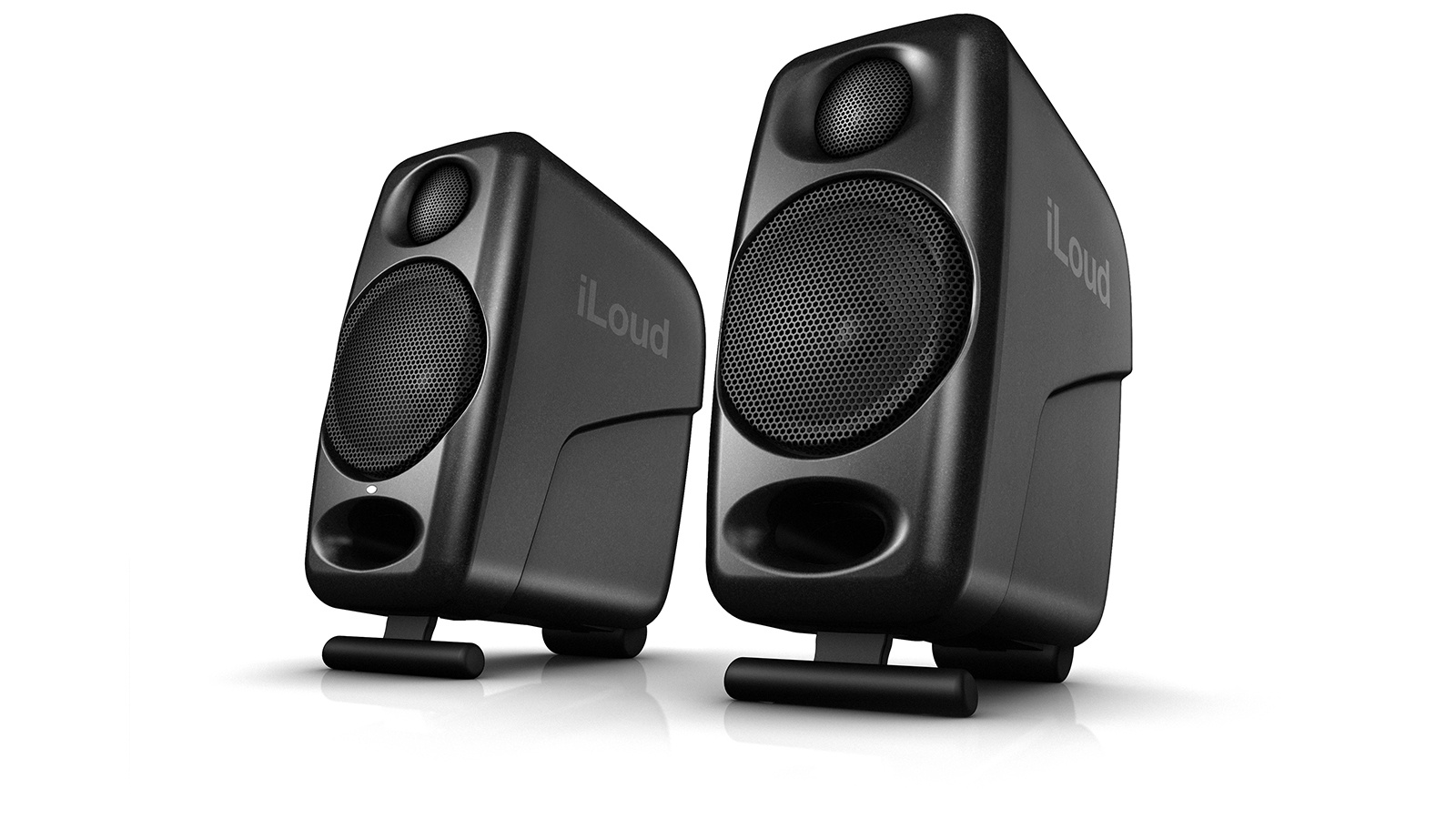
MTMs also have a little brother; the IK Multimedia iLoud Micro Monitor. This model features two smaller active speakers, each with a 3″ woofer and a ¾” tweeter, a front bass port and calibration EQ. For connection, a single stereo RCA and a single 1/8″ TRS stereo input are available. Bluetooth connectivity is also available for streaming music or movies.
-
Parametric Wall Art Panel (Diffuser)327 € – 426 € +Vat
-
Wood Acoustic Diffuser 60x60x6cm108 € – 140 € +Vat
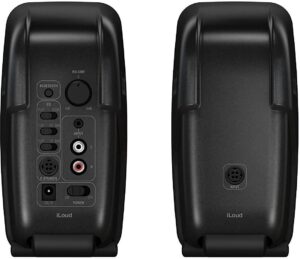
MTM iLoud monitors are very popular. The smaller size of the iLoud Micro, Bluetooth connectivity and the lack of XLR or ¼” TS inputs mean that it is likely to target a different market.
IK Multimedia iLoud Micro monitors are indeed small in size. The XLR and ¼” TS jack outputs are missing, so for some connections – we had to purchase a separate cable. For basic content playback, such as watching a movie, we simply plugged our laptop’s headphone output into the speakers and we were ready to go.
Testing
The iLoud Micro studio loudspeakers differ from the MTM loudspeakers in that only one power supply is needed to operate both speakers. Presumably for ease of portability, power and sound are also transmitted to one speaker, which then sends the sound and power to the other speaker.
Depending on the studio, the speakers can be positioned in either direction, and are also fitted with fold-out stands to facilitate separation from a desk or shelf. Both speakers have a microphone stand connector at the bottom, so you can place them on more than just a desk.
The specified frequency range is also better than average, heading towards the 55 Hz range. Switches on the back of one of the two speakers allow different EQ settings to suit the room.
Calibration EQ systems alone are not enough to improve room acoustics. Acoustic sound absorption panels and acoustic diffusers are also needed to achieve the right room acoustics. In a studio, it is even more important, since the recorded or mixed music shall be perfect. Walls and ceilings reflect sound, and the only way to eliminate reverberations is to mount panels designed for acoustic purposes.
IK Multimedia’s iLoud Micro loudspeaker has been designed with the needs of studio and music production professionals in mind; from the calibration EQ program, to the detachable feet, practical solutions are there to help you create high quality studio work. We recommend this speaker primarily for smaller studios.
Thanks to Bluetooth connectivity, streaming services are also available. You can watch Netflix or listen to Spotify playlists. They’re also great for mixing and blending music.
Unfortunately, the speakers overheat quickly. The DSP should control this.
Design
Unfortunately, the speaker grilles cannot be removed. Although, these metal grilles are used to protect the speakers, they have a negative effect on sound quality. While it is true that portability is one of the main advantages of iLoud Micro studio monitors, it would be better though, if the speaker grilles could be removed.
The front panel of the tweeter has a small waveguide. The positioning of the tweeter prevents the dispersion at the upper frequencies from being too wide. The narrow baffle plate eliminates diffraction problems, which is necessary as the tweeter is quite close to the speaker cabinet.
Size: 180mm x 195mm x 90mm, weight: 1.7 kg. Frequency response: 45Hz – 22kHz.
-
Wall Panel – Diffuser 140x70x8cm235 € – 271 € +Vat
-
Hexagonal acoustic panel -Size: 60x60x6cm52 € – 61 € +Vat
Final judgment
One of the main advantages of this active studio monitor is its portability, compact size and Bluetooth connectivity. Thanks to DSP correction, even low frequencies sound clear. We recommend it primarily for smaller studios.
Its accurate, dynamic sound makes it an ideal reference monitor. It delivers clear, even sounds regardless of the listening position. A great choice for music making and mixing.
On the downside: the lack of XLR or ¼” TS inputs, and premature overheating are notable. The EQ settings are not the most optimal. The speaker grille is not very aesthetic, and detracts somewhat from the sound quality.
G.H.
Written by Róbert Polgár

